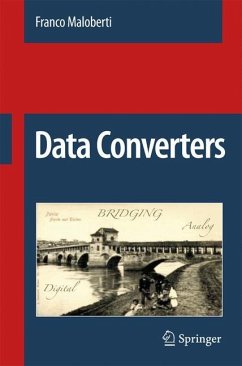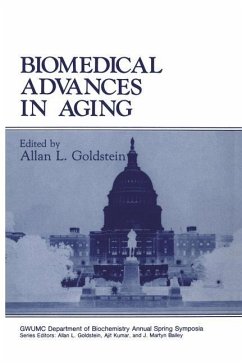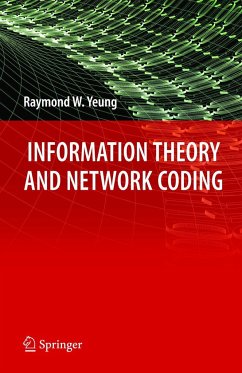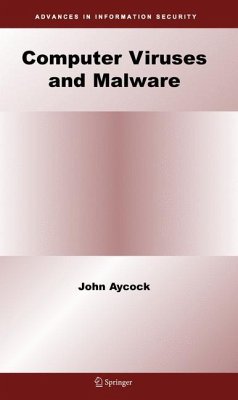
Practical Computer Data Communications
Several years ago when I began consulting full time, I quickly discovered that despite three advanced academic degrees my practical industrial experience had some significant gaps. It thus was necessary initially to spend considerable (nonbillable) time collecting and organizing a great deal of essential information on the various aspects of modern data communica tions. The task was made more difficult by the highly interdisciplinary nature of the field, with the required information scattered throughout the vast international literature of telecommunications, computers, electrical engineering, military systems, mathematics, operations research, optimiza tion, speech processing, and the murky world oflegal and regulatory policy. Although there were a number of fine books and periodicals in each of these specialized disciplines, I was unable to find a single comprehensive text that covered the entire field at even a modestly attractive technical and mathematical level. After going to the trouble of organizing all this diverse material for my clients and students, it seemed rather natural to put it into book form and thus share it with those professionals working with computer data communi cations who need a comprehensive coverage of the subject at a level immediately applicable to their work and yet easily accessible for self-study. The project was facilitated by an agreeable publisher and an incredibly understanding and cooperative family, and Practical Computer Data Com munications is the result.













